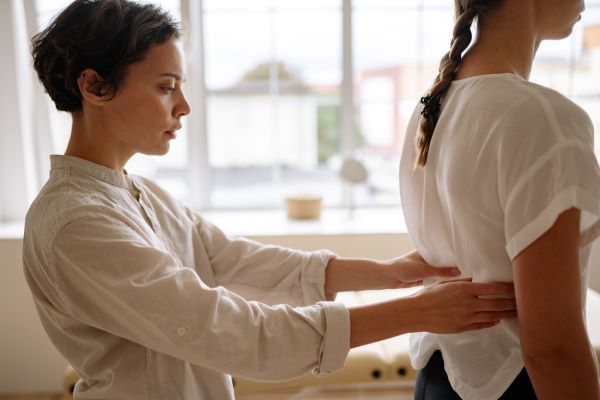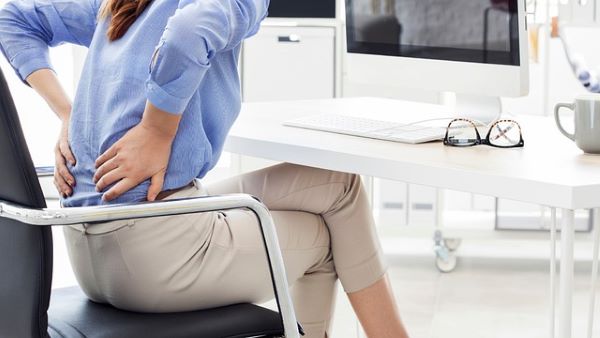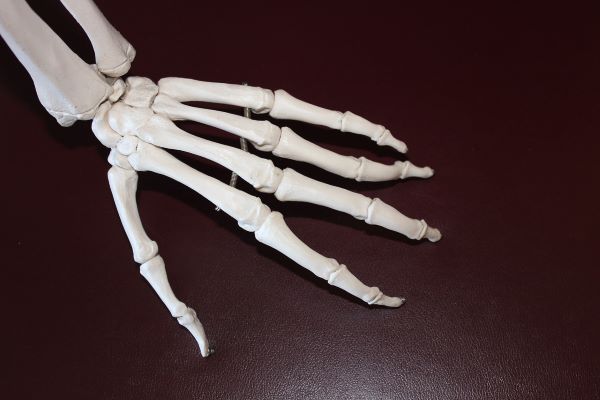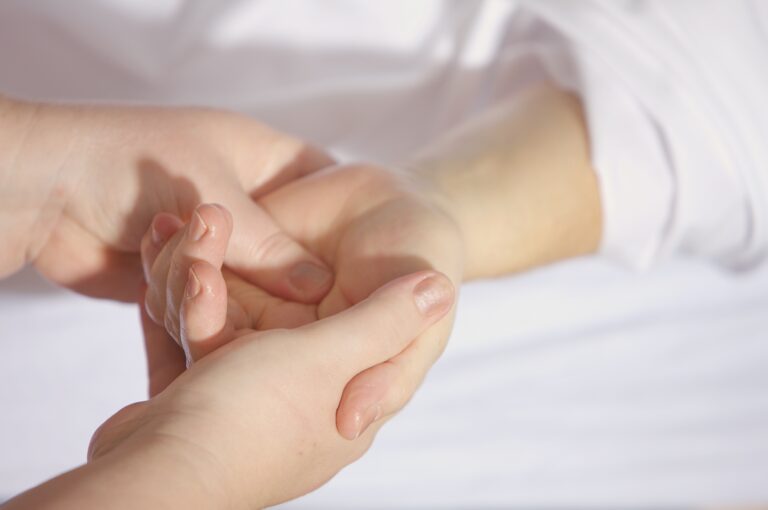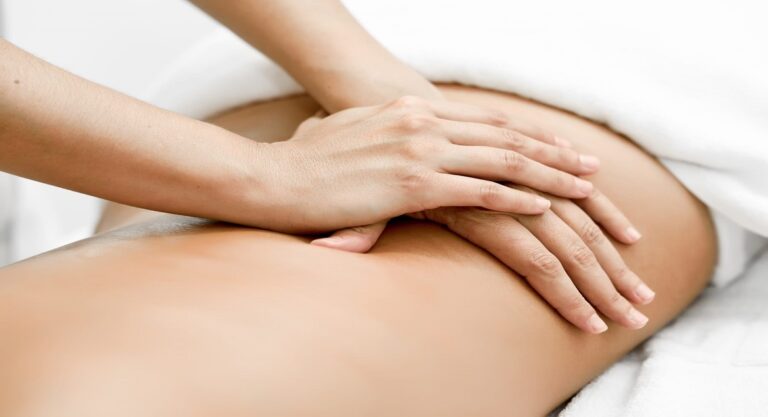Can massage chair hurt your back? Negative effects of a massage chair
If you’re one of the many people seeking relief from back pain, consider using a massage chair and wondering if can massage chair hurt your back. You’ve come to the right place. Unravel the truth as we reveal whether these popular relaxing devices can hurt your back or become your key to a pain-free life!
Don’t let uncertainty keep you suffering; read on and uncover the secret to ultimate back comfort!
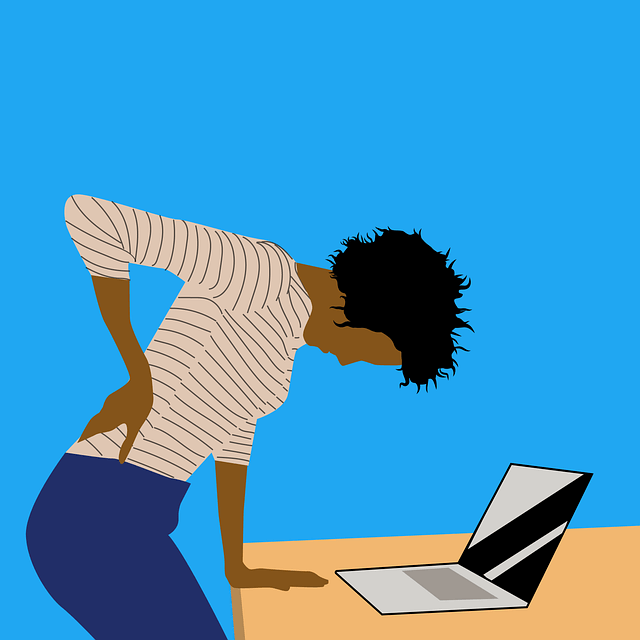
Massage chairs are not only a luxurious way to relax and unwind, but they also offer various benefits for your overall well-being. These innovative chairs are designed to provide therapeutic massages that target specific areas of your body, helping to relieve tension in muscles.
This is where massage chairs come in handy. Designed to mimic the hands of a professional masseuse, massage chairs provide a variety of therapeutic techniques that address specific areas of the back to relieve back pain.
By applying strategic pressure, kneading, and vibration, massage chairs can help release tension in the muscles, reduce inflammation, and improve circulation.
By utilizing advanced technology, massage chairs can simulate the techniques used by professional massage therapists, allowing you to enjoy the benefits of a massage in the comfort of your own home.
Even Chiropractors, who treat their patients through manual adjustments, spinal manipulations, and other hands-on techniques to address musculoskeletal issues and promote overall wellness, are known to prescribe massage chairs to their patients.
By using a massage chair, individuals can experience immediate relief at any time of the day, without the need for an appointment or the expense of a professional masseuse.
What causes sore muscles after Massage Therapy? The Science Behind Massage Chairs
So, can massage chair hurt your back? To comprehend how massage chairs can impact the back, let’s first attempt to understand their underlying technology. Have you ever wondered how massage chairs work their magic to melt away stress and the tension in your muscles?
Even though they seek pain relief, some people frequently have sore muscles after receiving massage therapy. This phenomenon can also be observed among massage chair users after using most massage chairs. The term “delayed onset muscle soreness” (DOMS) refers to the scientific theory underlying this discomfort. Pain and soreness can also occur due to the accumulation of lactic acid in muscles
The pressure and manipulation used by the therapist in massage during the massage session cause micro tears in the muscle fibers. This is a typical step in the recovery of a muscle, and it results in improved blood flow and decreased tension in muscles, which ultimately brings about pain alleviation and relaxation.
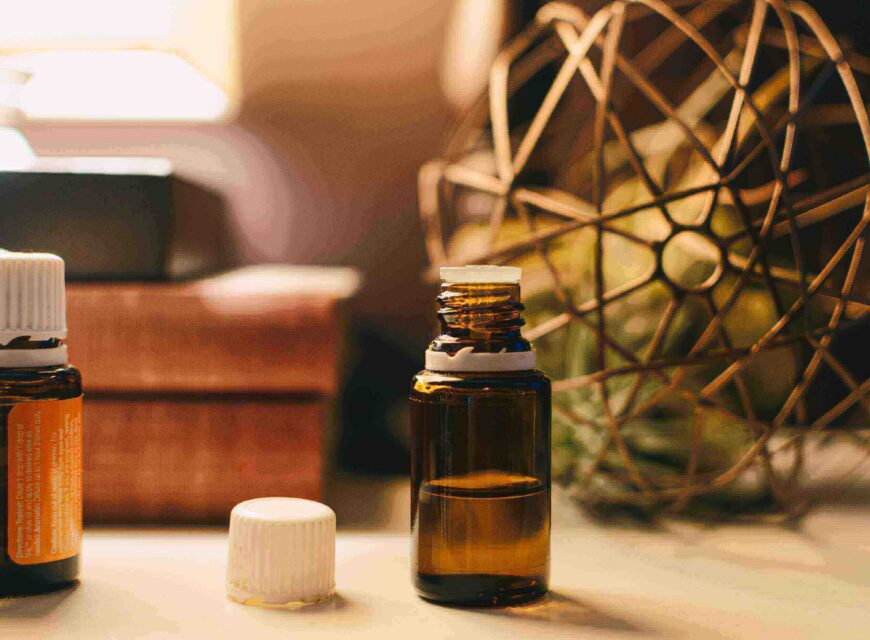
Similar to how human massage techniques target particular muscle regions to relieve chronic back pain and muscle discomfort, massage chair manufacturers build their products to emulate such approaches.
Designed to mimic the skilled hands of a masseuse, these wonder chairs offer relaxation and therapeutic benefits right at your fingertips. Massage chairs have motors and gears that produce different massage techniques, such as kneading, rolling, tapping, and shiatsu.
These mechanical actions stimulate blood flow, relieve muscle tension, and promote relaxation. This technology allows you to indulge in rejuvenating sessions without ever needing to leave the comfort of your home and relieve pain in those tense muscles.
When using a new massage chair, it’s natural to experience discomfort and stiffness in muscles as part of the body’s healing process. The chair employs advanced 3D or 4D technology with certain massage techniques, providing stimulation through kneading, tapping, and other motions on the back muscles.
Massage therapy specifically targets tense and stiff muscles, that result from the brain’s attempt to numb pain receptors in certain areas and cause muscle tightness. The effect is especially beneficial in treating muscle spasms and recovering persistent pain due to tight muscles. The 3D massage rollers can bring underlying pain to the surface during massage sessions.
Deep tissue massage effectively addresses the scar tissue resulting from back injuries or strains, although it may lead to temporary stiffness due to the applying intense pressure.
Feeling sore and achy after a massage is a common response, as the therapy aims to enhance blood circulation, reduce pain, deliver nutrients, and eliminate toxins from muscles and blood vessels. The massage rollers also activate inactive muscles, causing temporary discomfort, which ultimately helps in the body’s recovery. But, seek medical attention if there are muscle injuries that you witness.
With regular massages, the initial discomfort decreases in severity with time as the body becomes accustomed to the treatment. To prevent post-massage stiffness, improving back muscle mobility beforehand is crucial.
Overall, massage therapy promotes healing and relaxation, leaving the muscles feeling revitalized and pain-free once the body adapts to the routine.
Is it normal to feel sore after the first use?
You must be dehydrated

Muscle soreness after massage chair therapy or simply a massage session can be caused by dehydration. When you are not drinking enough water, your body lacks enough fluids to properly lubricate and nourish your muscles. This can lead to increased friction and friction-related stiffness in muscles. But, seek medical attention if you are experiencing pain that is more than a temporary soreness.
Make sure to drink plenty of water before and after completing your massage therapy session to prevent dehydration and reduce the chance of muscle stiffness.
You didn’t warm up your muscles before the session
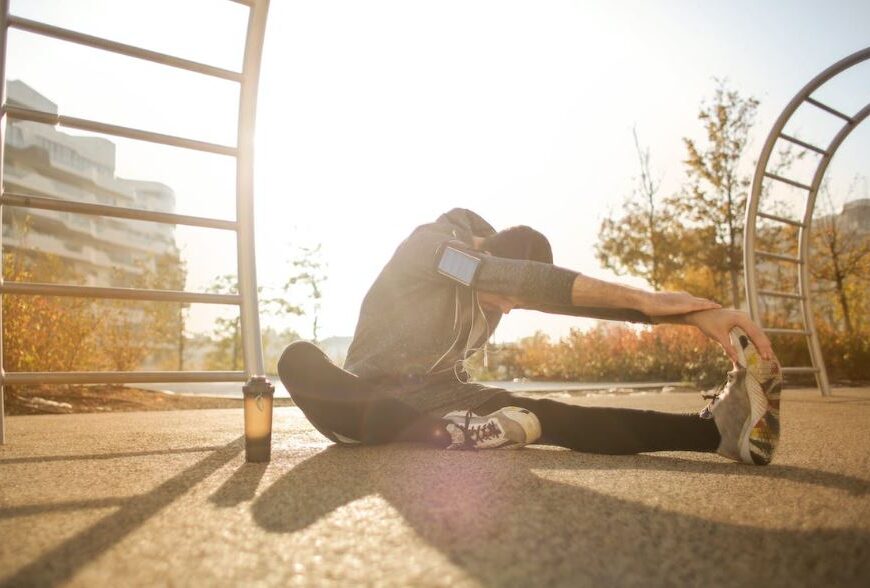
If you do not warm up your muscles before massage chair therapy, it can lead to muscle pain and stiffness. Warming up your muscles helps to increase blood flow, loosen the muscles, and prepare them for upcoming deeper massage techniques. By not warming up, your muscles may not be properly prepared for the therapy, leading to potential post-massage stiffness.
Warming up results in increased blood flow and flexibility. It makes the collagen fibers more elastic, prepares your muscles to stretch, and reduces the risk of injury.
Massage chairs use many tools like rollers to manipulate and kneed your body tissues. They can tear your connective tissues and muscles in a similar way exercise does, causing inflammation and muscle soreness.
It is necessary to ensure that you properly warm up your muscles before using a massage chair to minimize the risk of soreness.
It may aggravate previously existing problems
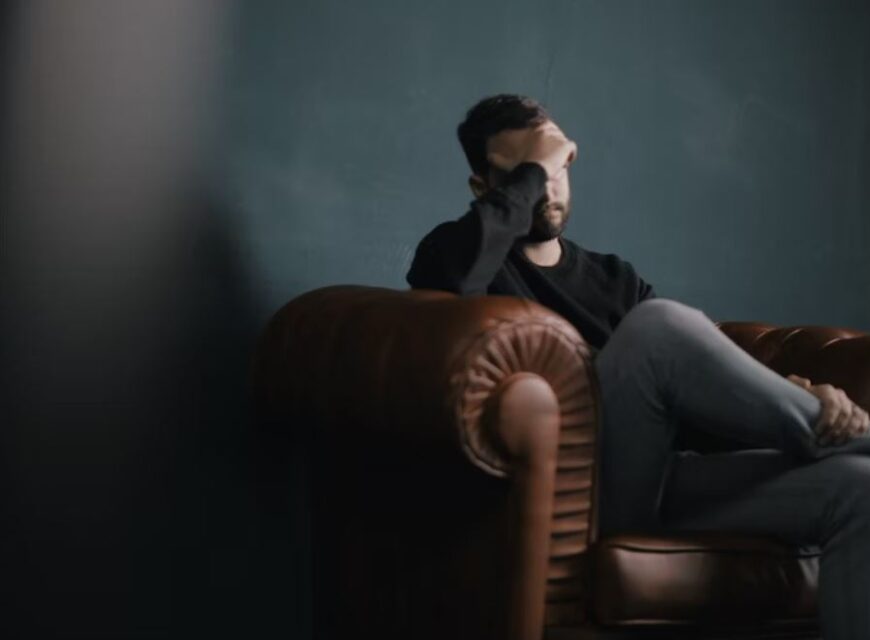
A massage chair can aggravate previously existing conditions in several ways. Firstly, if you have any spinal conditions such as herniated discs or sciatica, back pain, or any other underlying conditions, the pressure, and movements of the massage chair may worsen the pain and discomfort.
Additionally, if you have any muscle or joint injuries, the massaging action of the chair may cause further inflammation and soreness. This is despite the fact that by stimulating soft tissue, massage chairs typically help release pain-relieving endorphins and to provide relief.
These are medical conditions related to the bones or muscles, circulatory problems, back pain, and low blood pressure, among many others. Thus, if you have any existing health conditions, make sure to ask your doctor first about this.
You must be operating on pre-programmed settings
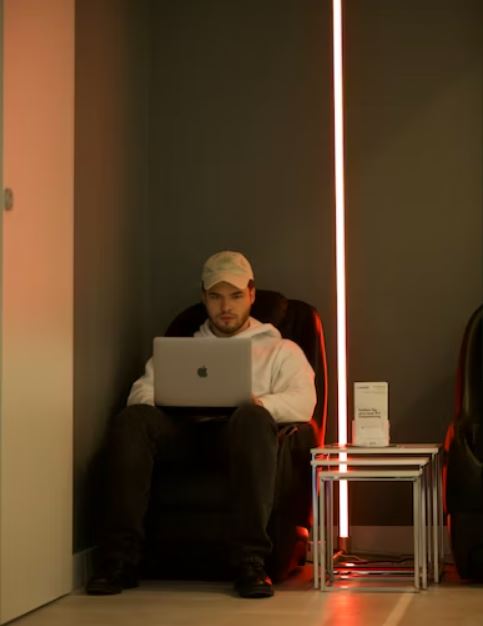
The pre-programmed settings of a massage chair can cause soreness on the first session due to factors like high intensity and pressure, targeted areas of the back, and extended use and you may experience pain. To avoid soreness, start with lower intensity settings and gradually increase as your body becomes used to it.
Additionally, taking breaks during the massage or switching between programs can help avoid excessive pressure on a single area. Make a habit of listening to your body’s cues and adjust massage settings or duration accordingly to prevent discomfort or soreness.
Your body takes time to get accustomed to the chair
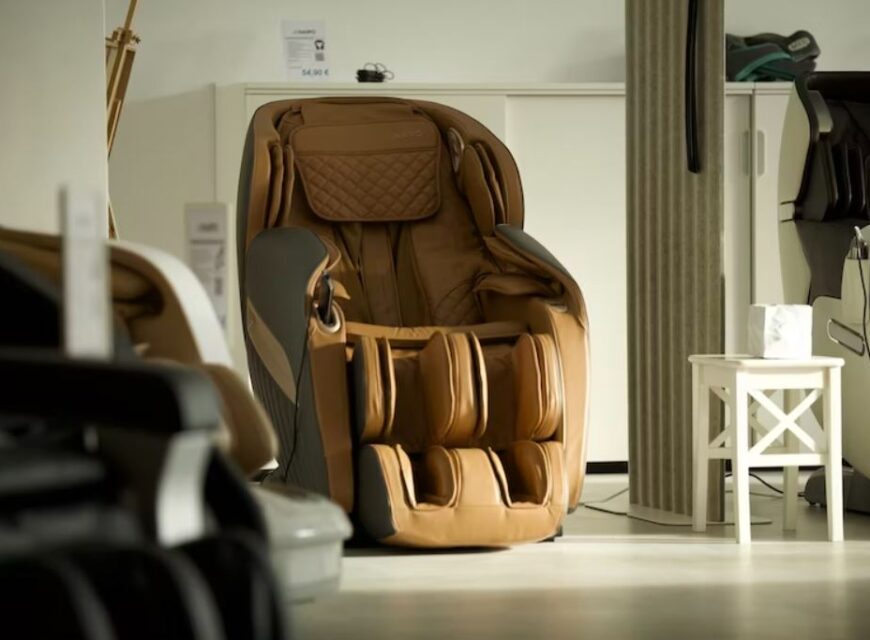
Because the body is not accustomed to the direct pressure of massage rollers, the first two or three sessions in a massage chair may be painful. This can be compared to the sensation of returning to exercise after a lengthy absence or attempting a new activity. The body adjusts and becomes accustomed to muscle and tissue manipulation by the massaging chair, whether it is a spot massage or a full-body massage.
Massage chairs, like massage professionals, address stiff muscles using instruments such as rollers, scanning systems, and compression airbags. This might result in unavoidable and unpleasant discomfort for forces that have been dormant for a lengthy period of time.
How a massage chair can negatively affect your back? Potential Risks
Intense Kneading and Tapping
Massage chairs offer intense kneading and tapping motions, which can be enjoyable when done correctly. However, can a massage chair hurt your back this way? Yes, excessive intensity or localized pressure can cause discomfort, especially in specific areas of the back.
Excessive kneading or localized pressure can cause muscle strain and potential injury, especially for individuals with sensitive or tense muscles. It is critical to avoid excessive kneading or tapping motions to avoid potential injuries.
Incorrect Body Alignment
Massage chairs come in various shapes and sizes, and not all chairs may provide adequate support for every individual. Sitting in a chair that does not align with your body’s natural curves can strain your spine and back muscles. The right massage chair should follow the S shape of the spine. Avoid sitting on a straight-track massage chair. Otherwise, it will hit and grind on your bones.
For example, if the massage chair’s lumbar (the lower back region of your spinal column or backbone) support is too high or too low for your back’s natural curvature, it can lead to excessive arching or flattening of the spine, resulting in back pain and discomfort.
Duration of Massage Sessions
Extended sessions in a massage chair, especially when combined with other sedentary activities, can lead to muscle fatigue and strain on the back. Sitting in one position for too long can cause stiffness in the muscles and joints and leads to discomfort.
Prolonged sessions may also overstimulate certain muscle groups, leading to imbalances and potential pain.
Pre-existing Back Conditions
Individuals with existing back issues, such as herniated discs or spinal abnormalities, must exercise caution when using massage chairs. Improper use can exacerbate these conditions and cause further discomfort.
The Structure of the Back and Its Vulnerabilities
A complex system of bones, muscles, ligaments, and discs makes up the back. Due to its major weight-bearing function, the lumbar area is particularly vulnerable to stress and strain. It is essential to understand the individual’s anatomical weak points before using massage chairs.
Backbone vertebrae
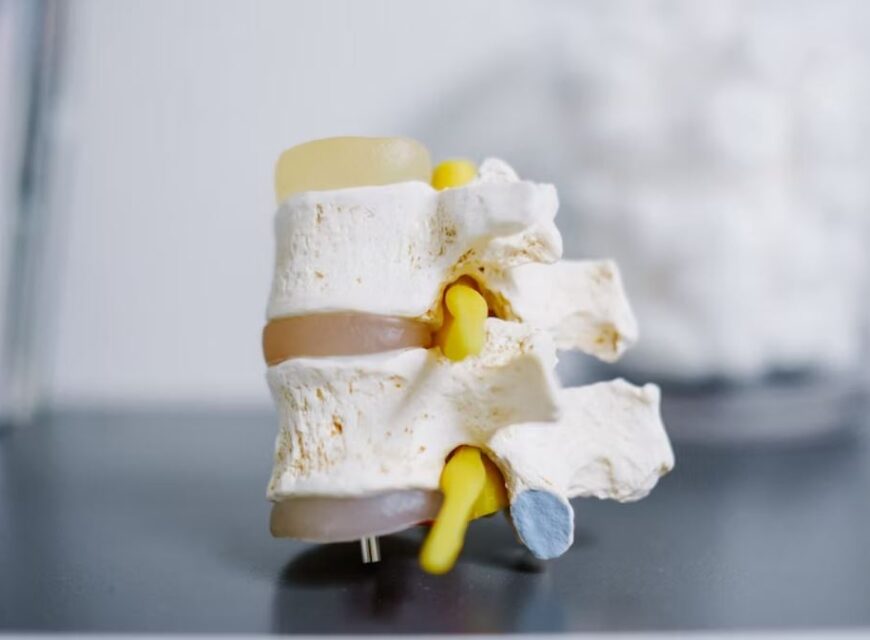
The lumbar vertebrae, which carry the majority of the weight of the upper body, are the biggest and lowest in the spine. Prolonged use of massage chair vigorous massage in this region might cause lumbar strain without adequate support.
Intractable Discs
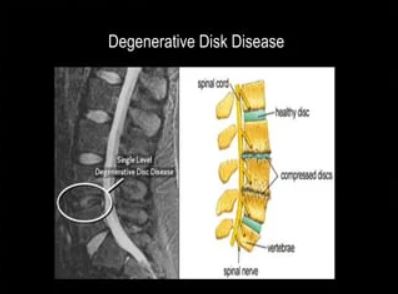
The discs in between the vertebrae provide flexibility and serve as shock absorbers. Back pain can result from these discs bulging or herniating due to excessive strain on them.
Muscles around the spine
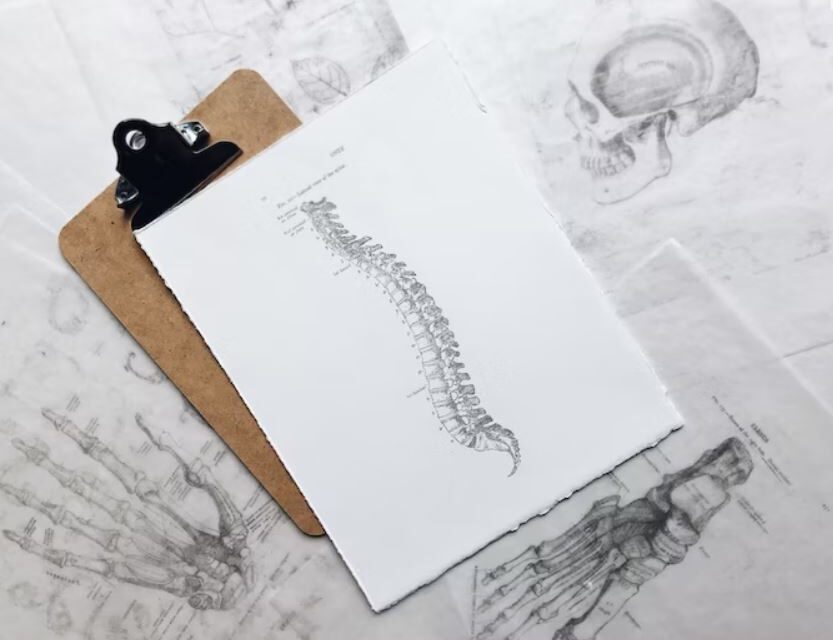
The muscles that support and stabilize the spine are extremely important. These muscles may get sore from overstimulation or continued pressure.
Back Pain from Massage Chairs: Prevention
The arising question can a massage chair hurt your back? can be taken care of by following preventive measures in this regard. The risk of discomfort or pain caused can be considerably decreased by implementing the following measures, even if massage chairs can be therapeutic and safe when used correctly:
Beginner Mistakes to Avoid
Not reading the user manual
One of the biggest mistakes people make when using a massage chair is not reading the user manual. The user manual will have all the information you need to know about the chair, including how to adjust the settings and how to use the chair for the intended purpose. Without reading the user manual, you could end up causing yourself more harm than good.
Not adjusting the settings
Another mistake people make is not adjusting the settings on the massage chair. Everyone’s body is different, so it’s important to adjust the settings to fit your own needs. Otherwise, you could end up hurting yourself.
Not using the chair for the intended purpose
Another common mistake is using the massage chair for the wrong purpose. Using a massage chair for purposes other than those for which it was designed can also lead to injury.
Overusing the massage chair
Massage chairs are not meant to be used for extended periods. They are meant to be used for short, 10-15 minute sessions. If you use the massage chair for long periods, you could end up causing yourself pain and experiencing adverse side effects.
Not taking breaks
Finally, one of the most common mistakes people make is not taking breaks. Your body needs a break after using the massage chair. Otherwise, excessive use will lead to pain.
Select the Proper Chair
Make sure the massage chair you choose is in line with the shape of your body and offers enough lumbar support. To determine how comfortable the chair is, try it out before buying.
Adapt Duration and Intensity
Start with shorter sessions and lower intensity settings as your body gets used to it. Same way, gradually increase intensity along with limiting your exercise time to avoid muscular fatigue.
Aim for Good Posture
While utilizing the massage chair, keep your posture upright. When getting a massage, try not to hunch or arch your back excessively.
Consult with a Healthcare Professional
Before frequently utilizing a massage chair, speak with a medical professional or a certified massage therapist if you have any pre-existing back ailments or concerns.
Combine with Other Therapies
Include other back-friendly practices in your regimen, such as yoga or stretching, to enhance the therapeutic effects of the massage chair.
How do I treat Sore Muscles after a session?
Drink plenty of fluids
Hydration is essential to help your body recover after a massage chair therapy session. Water plays a crucial role in flushing out toxins released during the massage and aids in muscle recovery. Aim to drink at least 8-10 glasses of water throughout the day. Avoid caffeinated or sugary beverages as they can dehydrate you, which may worsen soreness.
Use a heating pad on your muscles and back pain
Applying a heating pad to areas that feel sore or tense after a massage chair session can provide soothing relief. Heat promotes blood circulation to the affected muscles, helping to reduce muscle stiffness and soreness. Make sure not to apply the heating pad directly to your skin to avoid burns; use a cloth or towel as a barrier.
Ice your muscles and back pain
In contrast to heat, applying ice to sore muscles can help reduce inflammation and numb the area, providing temporary pain relief. You can use an ice pack wrapped in a thin cloth or a bag of frozen vegetables. Apply the ice for about 15-20 minutes at a time, and remember to take breaks between applications to prevent skin damage.
Take a hot bath or shower
A warm bath or shower after a massage chair session can help relax your muscles and reduce soreness. The heat from the water helps to increase blood flow and soothe tired muscles. You can add Epsom salts to your bath, which may further aid in the relaxation and recovery process.
Stretch your muscles gently
Gentle stretching can help reduce muscle tension and soreness after using a massage chair. Focus on stretching major muscle groups, holding each stretch for 15-30 seconds without bouncing back. Avoid aggressive or intense stretching, as your muscles may be more likely to injure after the massage
Get some rest
People who experience negative side effects like muscle fatigue should allow their body time to recover and heal after a massage chair therapy session. Soreness is a natural response to muscle manipulation, and getting adequate rest helps your body repair and rebuild muscle tissue. Ensure you get a good night’s sleep to facilitate the recovery process.
Winding up
In this blog post, we covered the causes and conditions of potential back pain and muscle soreness after using a massage chair and how to prevent it. We also shared how to avoid muscle soreness and how to take care of yourself if such a condition arises. So the central question revolving around the safety of using massage chairs, particularly whether can a massage chair hurt your back or not. The answer is not a simple “yes” or “no.” It narrows to various factors that needed to be taken care of.
Also, the saying ‘no pain no gain’ is often used to encourage people to push themselves harder, even when they are in pain. This can lead to people pushing themselves beyond their pain threshold and can even result in injuries.
That type of thinking isn’t beneficial when it comes to actual growth, particularly massage chairs. The excessive or untimely use of massage chairs can lead to people pushing themselves too far and causing more harm than good.
So, massage chairs can be a super convenient and enjoyable way to relax, but we need to be careful about how we use them. It’s important to learn about how they work and understand the effects of massage on our back anatomy, so we can have a safe and awesome experience.
So here we are concluding the article that can a massage chair hurt your back and the negative effects on sensitive areas that they can pose when used inadequately. To help you out, just make sure you pick the right chair, tweak the intensity and duration to your liking, stay hydrated, focus on your posture, chat with a pro if needed, and even consider combining it with other therapies. This way, you’ll get all those great massage chair benefits without having to stress about potential back issues. Enjoy!
Frequently Asked Questions:
Can a massage chair injure your back?
Yes, a massage chair has the potential to injure your back if used improperly or if you have certain pre-existing conditions. While massage chairs are generally designed to provide relaxation and relief, using them incorrectly or for extended periods at too high an intensity level can lead to back pain or worsen existing back issues. It is essential to use the massage chair according to the manufacturer’s guidelines and to avoid any settings or techniques that cause discomfort or pain. And can a massage chair hurt your back? Most likely if used in the wrong way.
How long is it safe to use a massage chair?
The safe duration of using a massage chair can vary depending on the individual’s health condition and tolerance to massage. In general, it is recommended to limit a single session to 15-30 minutes. Excessive use of massage chairs for longer periods continuously may lead to overstimulation of muscles and potentially cause strain or discomfort. Taking breaks between sessions is also important to give your body time to recover from the pain caused by vigorous massage sessions.
Who shouldn’t use a massage chair?
Certain individuals should avoid using a massage chair or should seek medical advice before using one, especially if they have:
- Severe back pain or injuries
- Osteoporosis
- Infections or skin conditions
- Pregnancy
What are the negative effects of massage therapy?
While massage therapy generally has many benefits, there are some potential negative effects, especially if the massage is not administered correctly or if the individual has certain health conditions. Some negative effects may include:
- Soreness and discomfort
- Bruising or swelling
- Aggravation of existing conditions
- Nerve injury
- Mental or emotional discomfort
Check out the articles on this website for more details about massage chairs:– By Pain and Problems.

